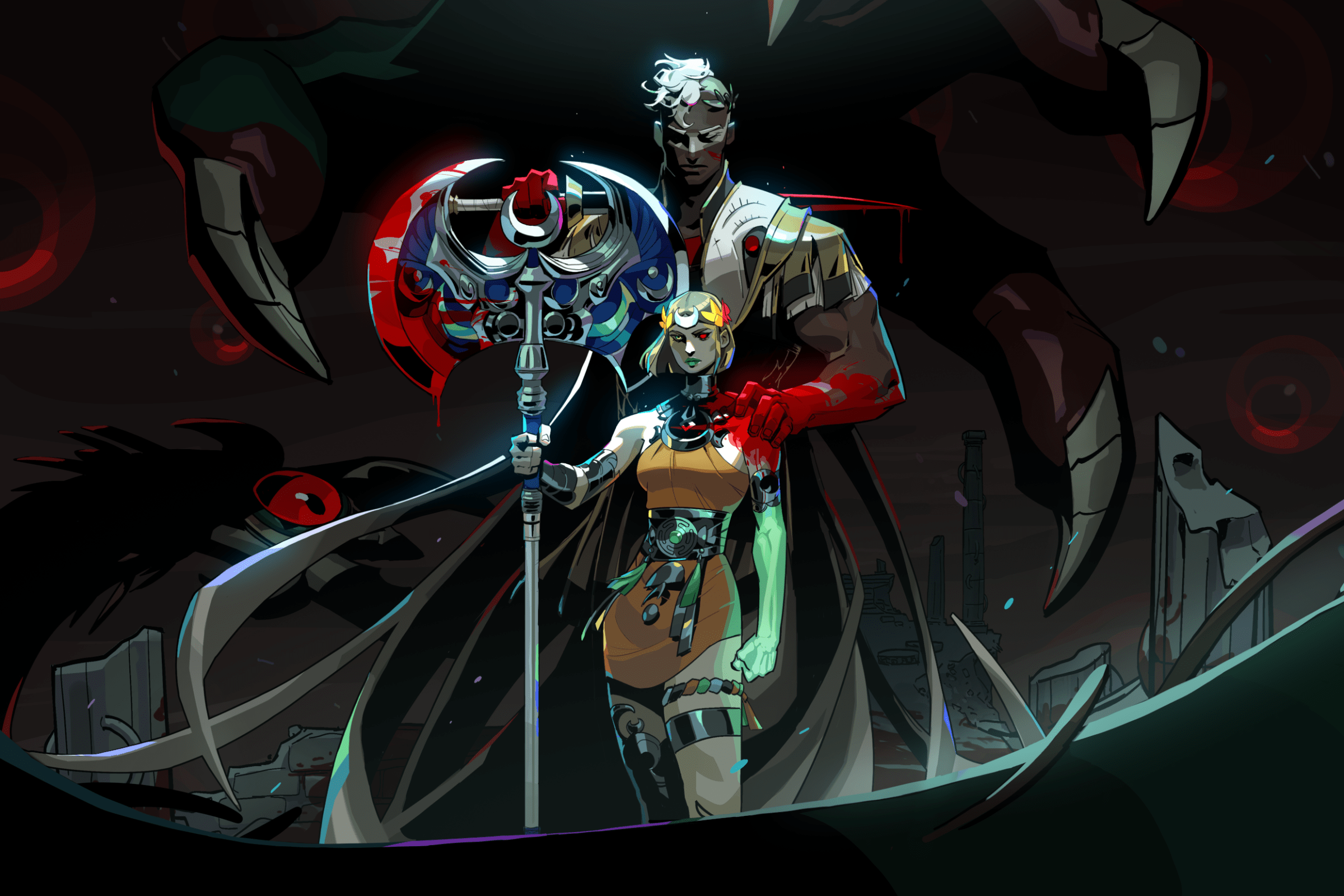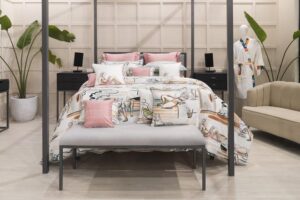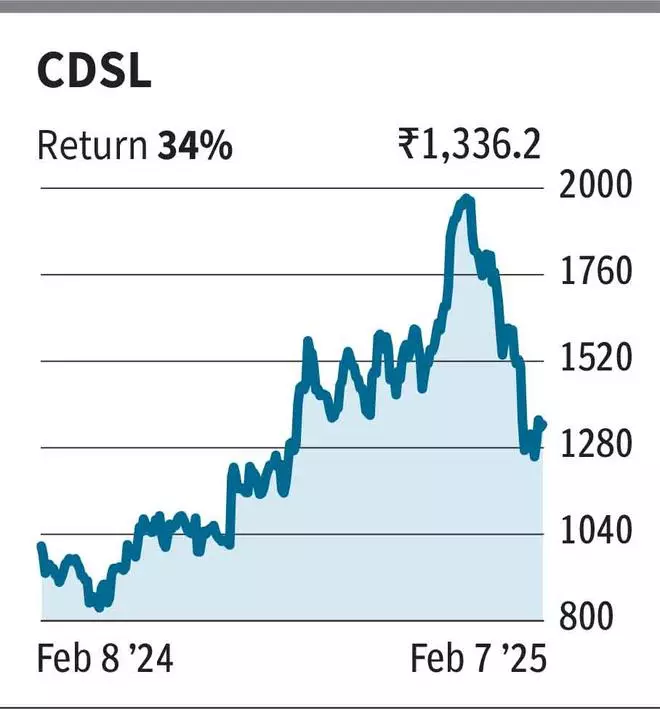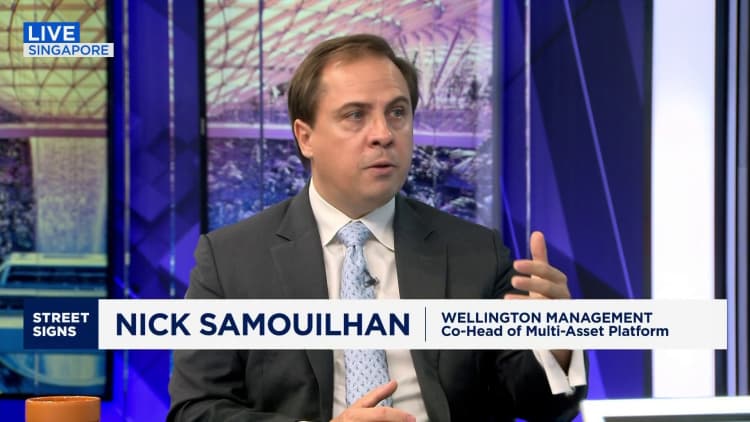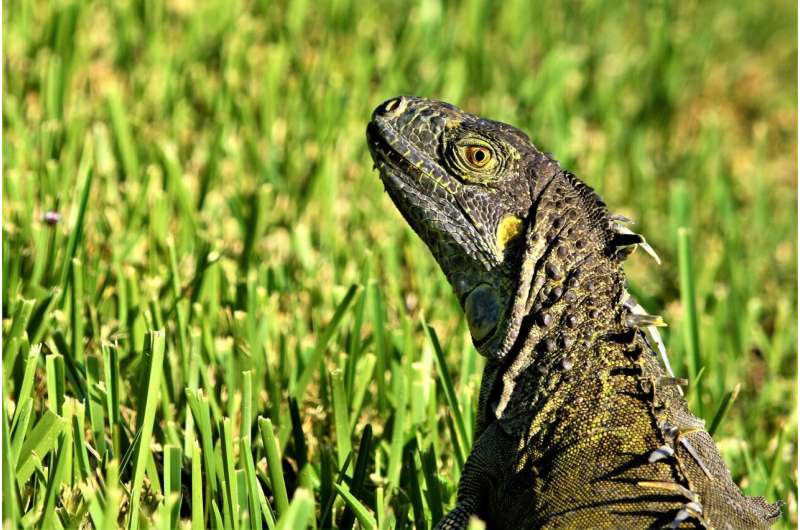The Indian EV market is burgeoning — and not just at the budget end of the spectrum. The premium EV space has witnessed an influx of new products from brands new and old. If you have a budget of around ₹50 lakh, the variety of all-electric cars to choose from is quite wide, to say the least. It has everything from carmakers like Hyundai and Kia, who’ve presented some of their flagship products, to well-established premium carmakers like Mercedes-Benz, Volvo and BMW, who have offered a relatively pocket-friendly way to get into luxury car ownership with their EVs in the said price bracket. Amidst all this, BYD, the increasingly popular carmaker, has introduced its latest, the Sealion 7. Priced ₹48.9 lakh, ex-showroom, this all-new crossover SUV looks quite promising. We take a closer look to see if it can substantially dent the position of global carmakers in the Indian EV space.
While BYD has made immense progress in the global market, the company is in the process of gradually carving a niche for itself here. Save for the Seal, the product portfolio is comprised of practical and spacious cars. The Sealion 7 is bound to further the premium appeal and, as a crossover SUV, it’s expected to garner the Indian buyer’s attention sooner than any other BYD.
No-nonsense styling
Before we go any further with our forecast of how well the Sealion 7 will do, it’ll be great to have a look at how well it fares in our test. While BYD hasn’t given up its focus on practicality and utility, the Sealion 7’s contemporary design is made to be received well. Some elements seem to have drawn inspiration from the EQS SUV but, in isolation, the Sealion 7 looks remarkably good. The overall styling is no-nonsense without extra focus on luxury or even outright sporty appearance, but it has enough to set it apart from the rest. The smooth bodywork is complemented by modern design elements like pop-out door handles, LED lights, subtle BYD branding and, of course, the absence of a conventional grille. Looking at it from the side, the BYD Sealion 7 benefits from a crossover silhouette, a sloping roof line, 20-inch wheels, and a distinct coupe-esque presence. The design inspiration from Maybach and Porsche can’t be downplayed but on the whole, the Sealion 7 looks good — if not entirely original.
Swipe, tap & cruise: A large 15.6-inch display comes with a user experience that’s as smooth as any modern smartphone | Photo Credit: Amit Naik
The well-appointed cabin is made of high-quality materials, and the lack of rattles or squeaks gives away that this car has been put together brilliantly. BYD hasn’t skimped on attention to detail or overall quality. A large 15.6-inch display comes with a user experience that’s as smooth as any modern smartphone. The display can be turned from landscape to portrait or vice versa, depending on your requirements and preference. The seats, too, are supportive, come with a ventilation feature, and there’s no dearth of overall space in the cabin. Furthering that airy effect is the panoramic sunroof. It’s also surprising that despite a sloping roof line, the space at the back isn’t a problem, either — this is down to large windows and acres of legroom. The boot space is rated at 500+ litres, while the frunk can accommodate up to 58 litres of luggage, making the Sealion 7 a capacious and practical car.
There are two powertrain choices: a single-motor and a dual-motor configuration. Both are powered by a large battery pack (82.56 kWh) integrated into the car’s structure, improving the overall rigidity. The motor as specced on the top variant on test makes 523 bhp and 70.36 kg-m, enabling this AWD EV to hit 100 km/h from standstill in 4.5 seconds, while the top speed is claimed to be 215 km/h. The power delivery, despite those massive figures, is linear and we found the Sealion 7 to be quite controllable, even in the more focused Sports mode. BYD offers two levels of regenerative braking on the Sealion 7: Standard and High.
We found the range estimate to be accurate. In our test, the BYD Sealion 7 started with 542 km of displayed range on 98 per cent charge. After driving for about 150 km, the range dropped to 390 km. The carmaker claims that a range of up to 567 km on a full battery is possible. We’ll need to drive the Sealion 7 for a little longer to see if it the actual range matches the claimed figure.
Safe and stable
While the Sealion 7’s steering can be best described as numb, the overall stability of the car is commendable. We found the brake pedal to be spongy and the ride quality was alright, although some might find it to be too floaty. It lacks the overall sporty handling of some of its rivals but in terms of overall comfort, this BYD shows its inherent talent by absorbing road imperfections without losing overall composure. The balance can also be attributed to the use of Michelin’s Pilot Sport EV tyres. The safety conscious among us will be glad to know that the Sealion 7 comes with a long list of features including ADAS and 11 airbags.
There are two versions to choose from: Premium and Performance. The former is priced ₹48.9 lakh while the top-spec BYD Sealion 7 Performance retails at ₹54.9 lakh — both prices are ex-showroom. That puts it against cars like the Hyundai IONIQ 5, Volvo’s all-electric ‘Recharge’ twins, Mercedes-Benz EQA, and the recently launched BMW iX1 LWB. None of those is as powerful as the BYD Sealion 7 (Performance) though. With the Sealion 7, BYD has packaged a lot of useable performance, features, space and tech in what looks to be a well-built package. Like the Seal sedan, the Sealion 7 offers exceptional value, too, especially when you consider the overall range and the power that it offers.
©Motoring World

